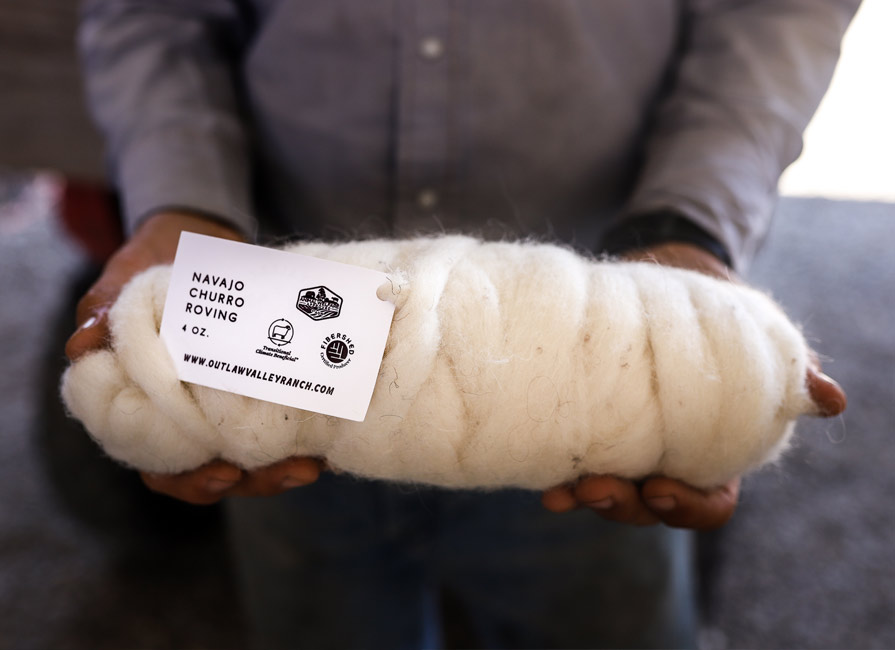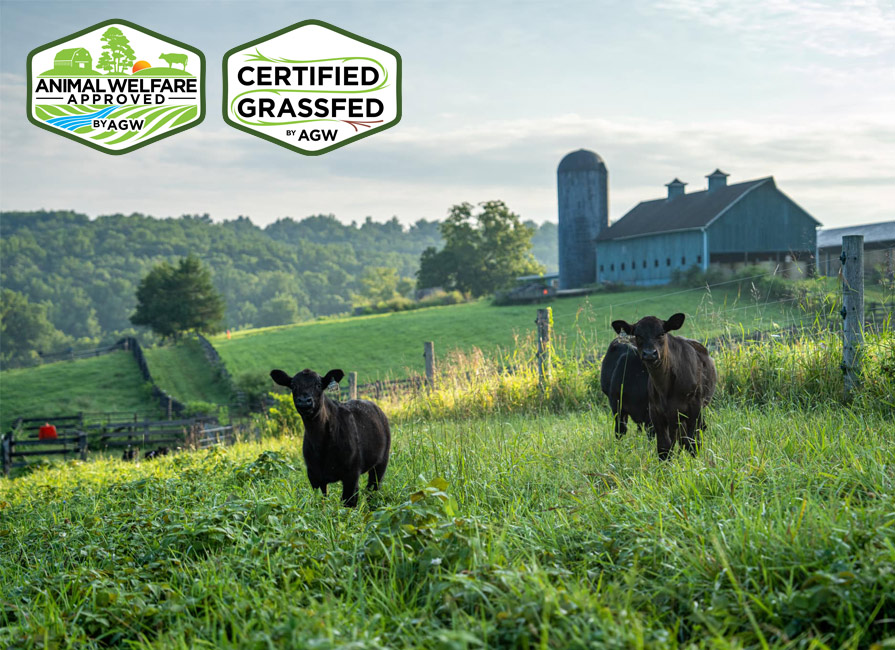Market research shows that today’s consumers are increasingly interested in knowing where their food comes…
USDA “Grass Fed” Label Claim Leaves Loophole for Confinement
In response to a recent press release announcing that La Cense Ranch has become the first grassfed beef producer to be certified under the USDA “Grass Fed” standard, Animal Welfare Approved Program Director Andrew Gunther made the following statement:
“I am seeing a re-emergence of the arguments that surrounded initial discussions about the USDA’s ‘Grass Fed’ definition. The USDA standard only partially addresses buyers’ expectations for grassfed meat. We are concerned that consumers may assume that a USDA Grass Fed certification means that ruminants are raised on pasture for the duration of their lives, without confinement or feedlots.”
Animal Welfare Approved performs audits for both its certification and the American Grassfed Association certification.
Freedom from confinement is a linchpin of the American Grassfed Association (AGA) and Animal Welfare Approved (AWA) standards. The USDA standard, however, does not guarantee this. As it stands, the USDA Grass Fed standard only requires access to the outdoors during the growing season, language the AGA had contested while the USDA was soliciting public comment about the standard. Dr. Patricia Whisnant, a veterinarian and President of the American Grassfed Association explains, “In some states this may mean that six months out of the year, animals can be kept confined as long as they are fed grass and forage. AGA requires animals to be on pasture or range to earn the AGA seal.”
Animal Welfare Approved partners with the American Grassfed Association in providing all AGA audits and to date more than 50 farms and ranches have earned the “American Grassfed” seal under the rigorous AGA grassfed standards. According to Dr. Whisnant, “The tenets of the AGA standards mirror the forage feeding practice of the USDA verification program but go much further in encompassing more attributes that consumers care about. These attributes include no antibiotics, no synthetic hormones, no confinement and high animal welfare.” When the USDA definition was first introduced, 20,000 comments were submitted to try to ensure these key tenants were addressed.
Don Davis, who raises Longhorn cattle in Texas and serves as President of the Texas-based Grassfed Livestock Alliance, LLC, echoes the concerns of Whisnant and Gunther. “Our members put a lot of thought and effort in to raising their ruminants on pasture which is why we adhere to AGA and AWA standards. We firmly believe that a true grassfed claim is a holistic approach to raising cattle that goes beyond a simple forage protocol.”
“We reiterate the AGA’s concerns that consumers may be confused by the USDA Grass Fed claim. We also hope farmers considering the USDA Grass Fed certification will take a look at Animal Welfare Approved and the American Grassfed Association. Our audits are free and our standards are high,” Gunther says. “The AWA and AGA seals offer the transparency and rigor needed to put an end to the consumer frustration that occurs when claims don’t live up to their expectations.”




